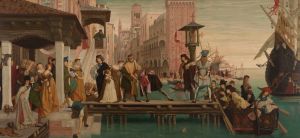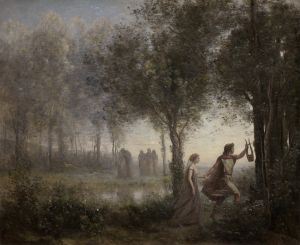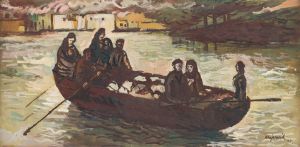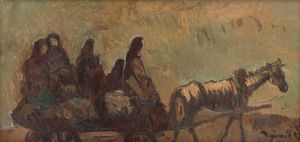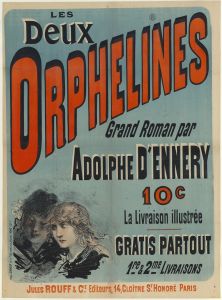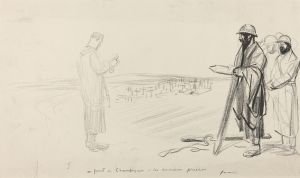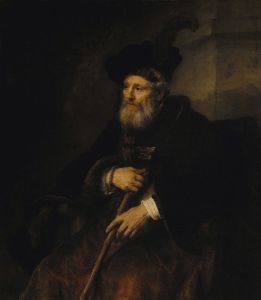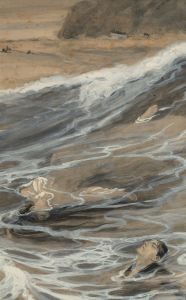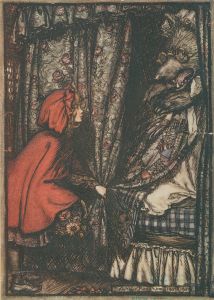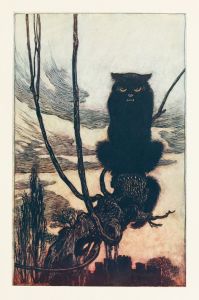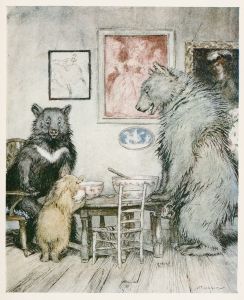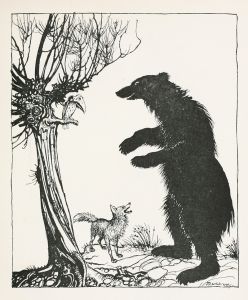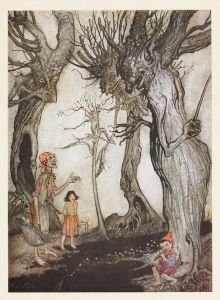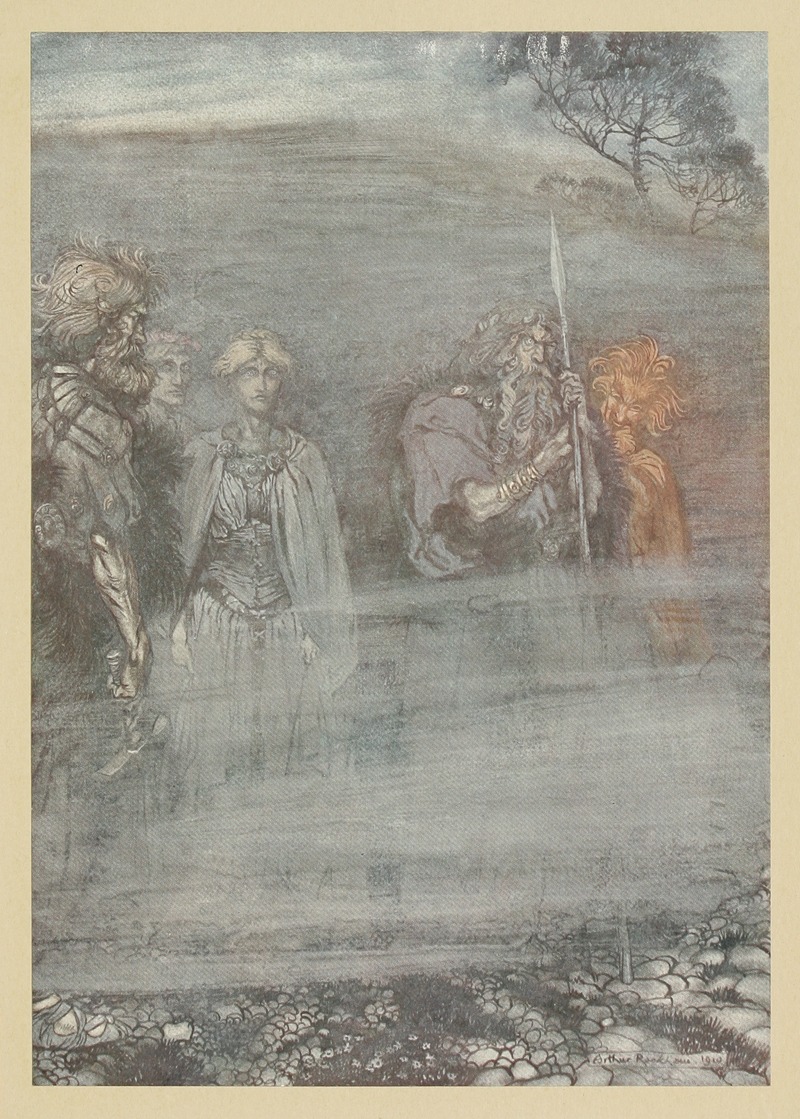
The Gods grow wan and aged at the loss of Freia
A hand-painted replica of Arthur Rackham’s masterpiece The Gods grow wan and aged at the loss of Freia, meticulously crafted by professional artists to capture the true essence of the original. Each piece is created with museum-quality canvas and rare mineral pigments, carefully painted by experienced artists with delicate brushstrokes and rich, layered colors to perfectly recreate the texture of the original artwork. Unlike machine-printed reproductions, this hand-painted version brings the painting to life, infused with the artist’s emotions and skill in every stroke. Whether for personal collection or home decoration, it instantly elevates the artistic atmosphere of any space.
Arthur Rackham was a prominent English book illustrator known for his distinctive style, which combined haunting, ethereal imagery with intricate detail. One of his notable works is the illustration titled "The Gods grow wan and aged at the loss of Freia," which is part of his illustrations for Richard Wagner's opera cycle "Der Ring des Nibelungen" (The Ring of the Nibelung). This particular illustration is associated with the first opera in the cycle, "Das Rheingold."
"The Gods grow wan and aged at the loss of Freia" depicts a scene from "Das Rheingold," where the gods of Valhalla are shown to be suffering due to the absence of Freia, the goddess of youth and beauty. In the narrative, Freia is taken by the giants Fafner and Fasolt as a pledge for the construction of Valhalla, the gods' new fortress. Freia's absence causes the gods to age and weaken, as she is the keeper of the golden apples that grant them eternal youth.
Rackham's illustration captures the somber and mystical atmosphere of this moment in the opera. His use of muted colors and delicate lines conveys the ethereal and otherworldly quality of the gods, while also emphasizing their vulnerability and despair. The gods are depicted with a sense of frailty, their once-majestic presence diminished by the loss of Freia. Rackham's ability to convey emotion and narrative through his artwork is evident in this piece, as he effectively illustrates the themes of loss and the passage of time.
Arthur Rackham's illustrations for "The Ring of the Nibelung" were first published in 1910, accompanying a translation of Wagner's librettos by Margaret Armour. Rackham's work on this project is considered some of his finest, showcasing his talent for bringing mythological and fantastical subjects to life. His illustrations were highly regarded for their ability to complement and enhance the dramatic and musical elements of Wagner's operas.
Rackham's influence extended beyond his work on Wagner's operas, as he illustrated numerous other classic works of literature, including "Alice's Adventures in Wonderland," "Peter Pan in Kensington Gardens," and "Grimm's Fairy Tales." His unique style, characterized by a blend of whimsy and darkness, made him one of the most celebrated illustrators of the early 20th century.
"The Gods grow wan and aged at the loss of Freia" remains a testament to Rackham's skill in capturing the essence of mythological narratives and his ability to evoke emotion through his art. His work continues to be appreciated by art enthusiasts and collectors, and his illustrations are considered timeless contributions to the world of book illustration.





